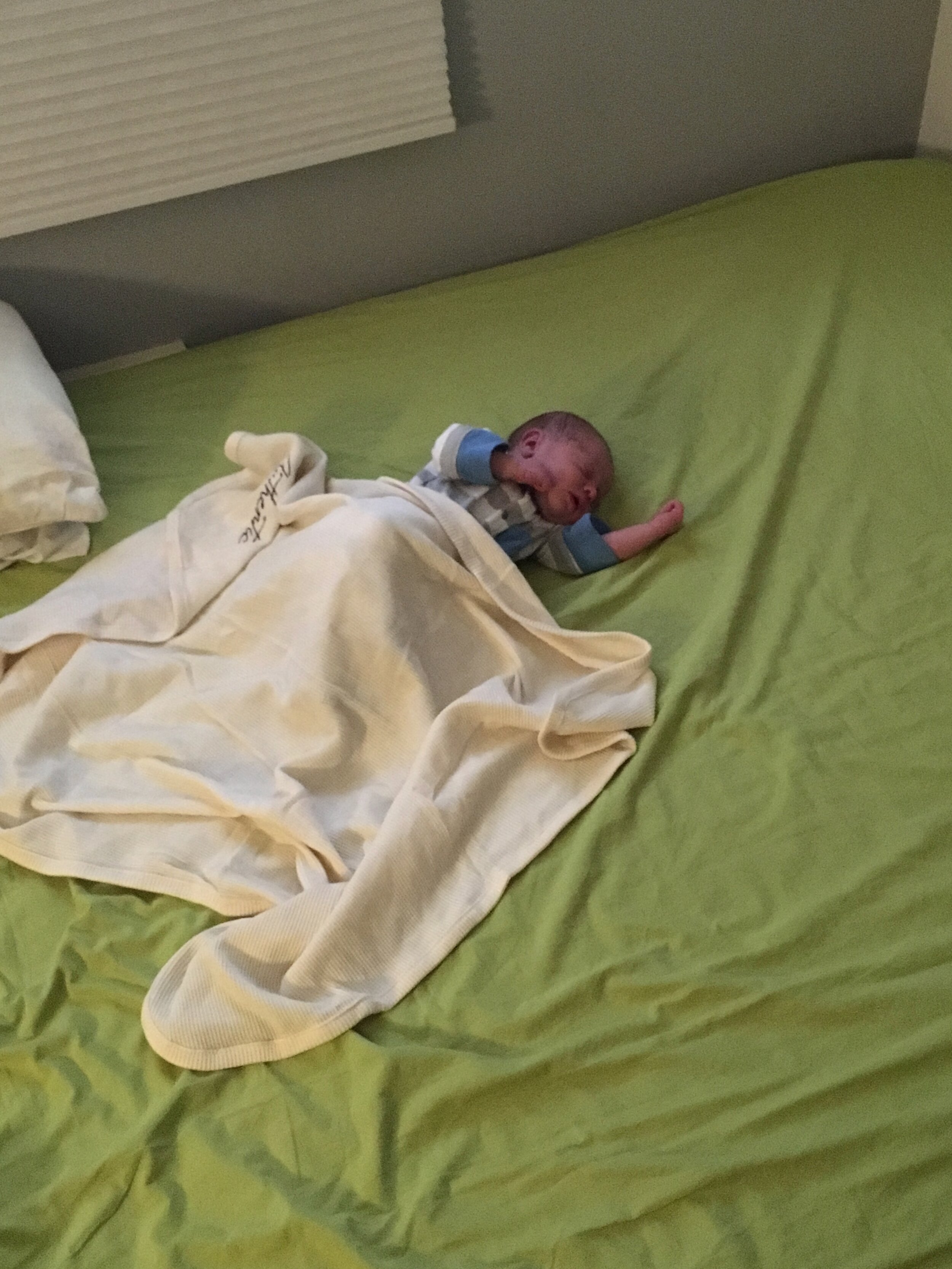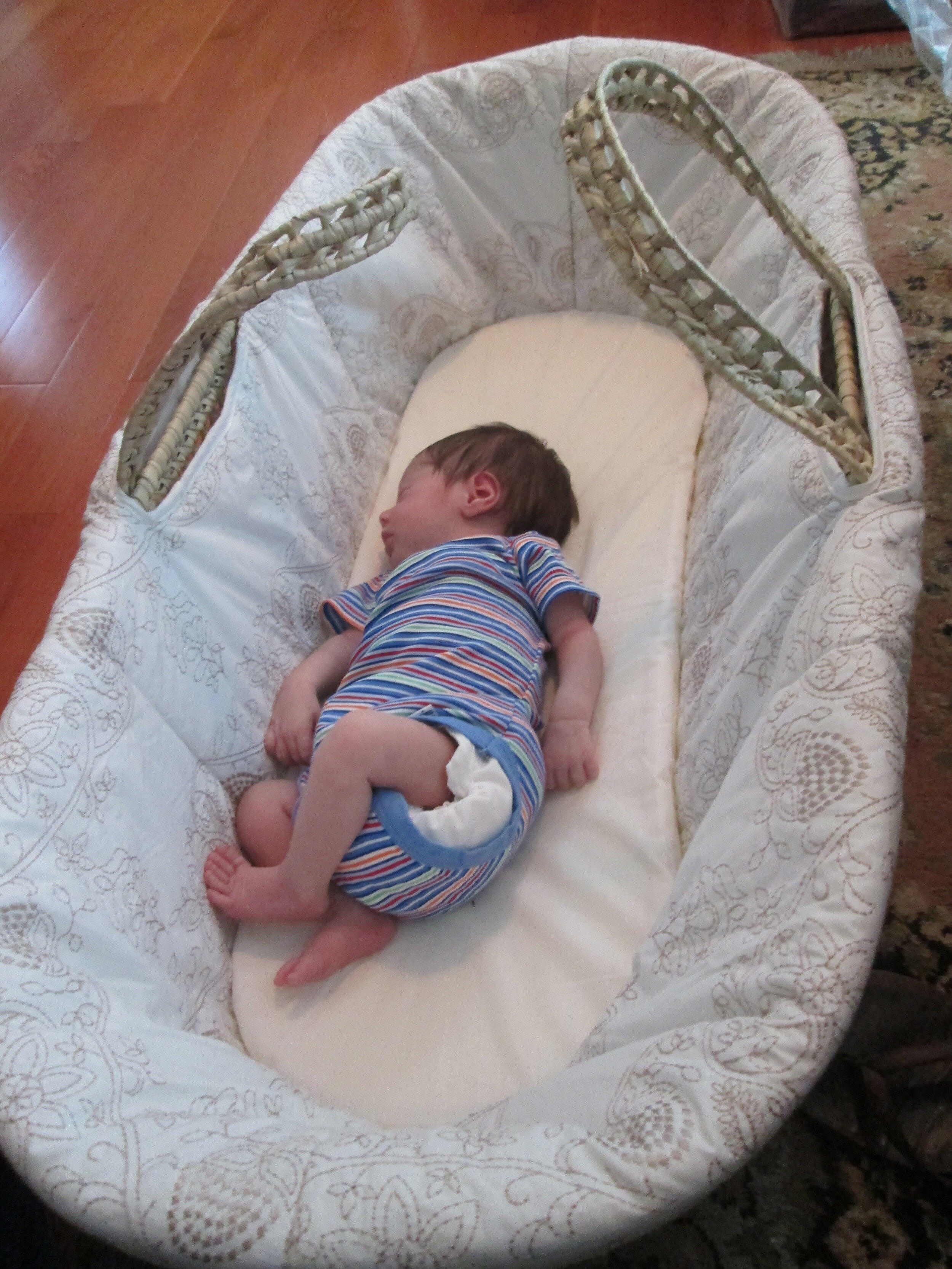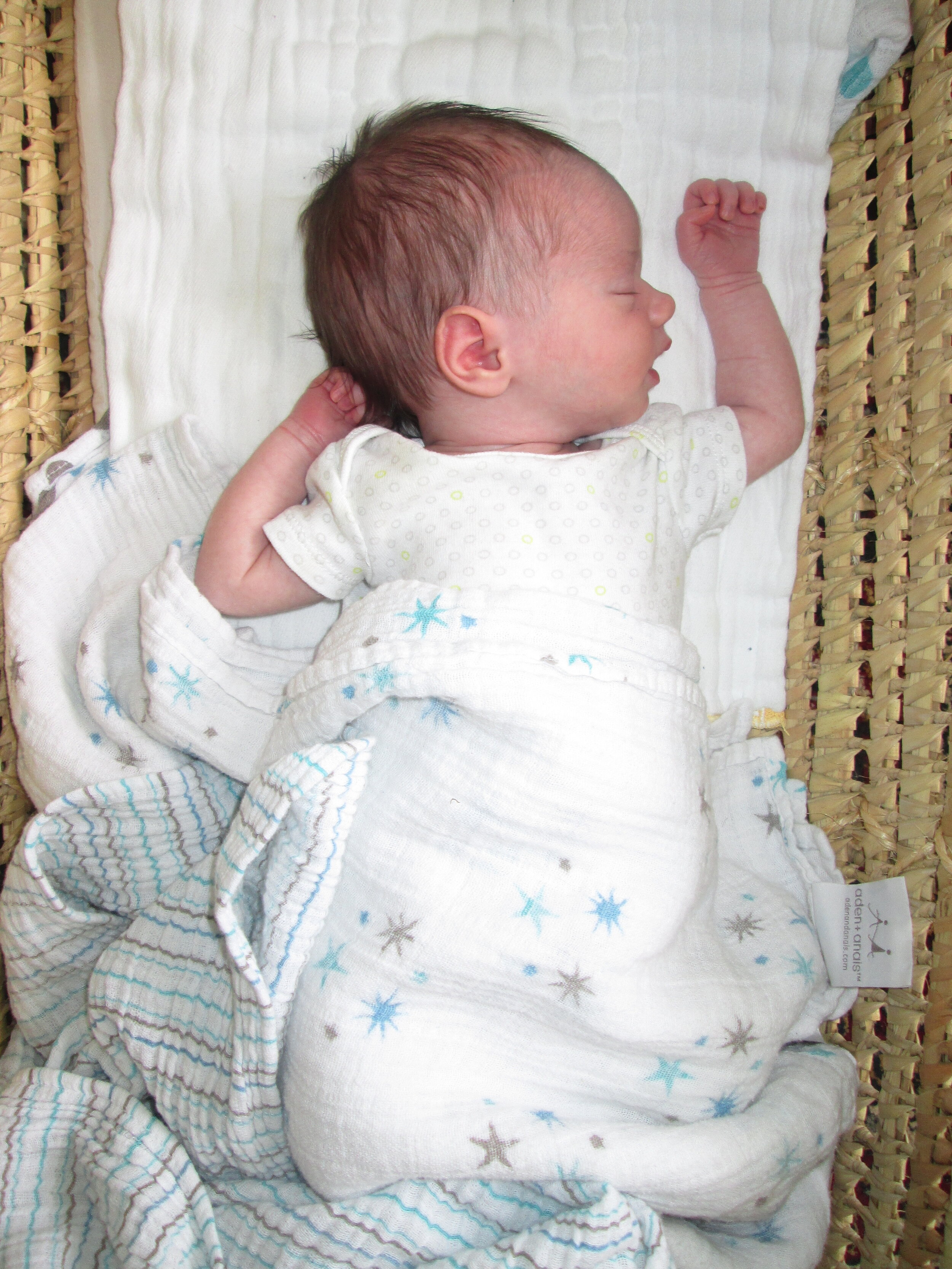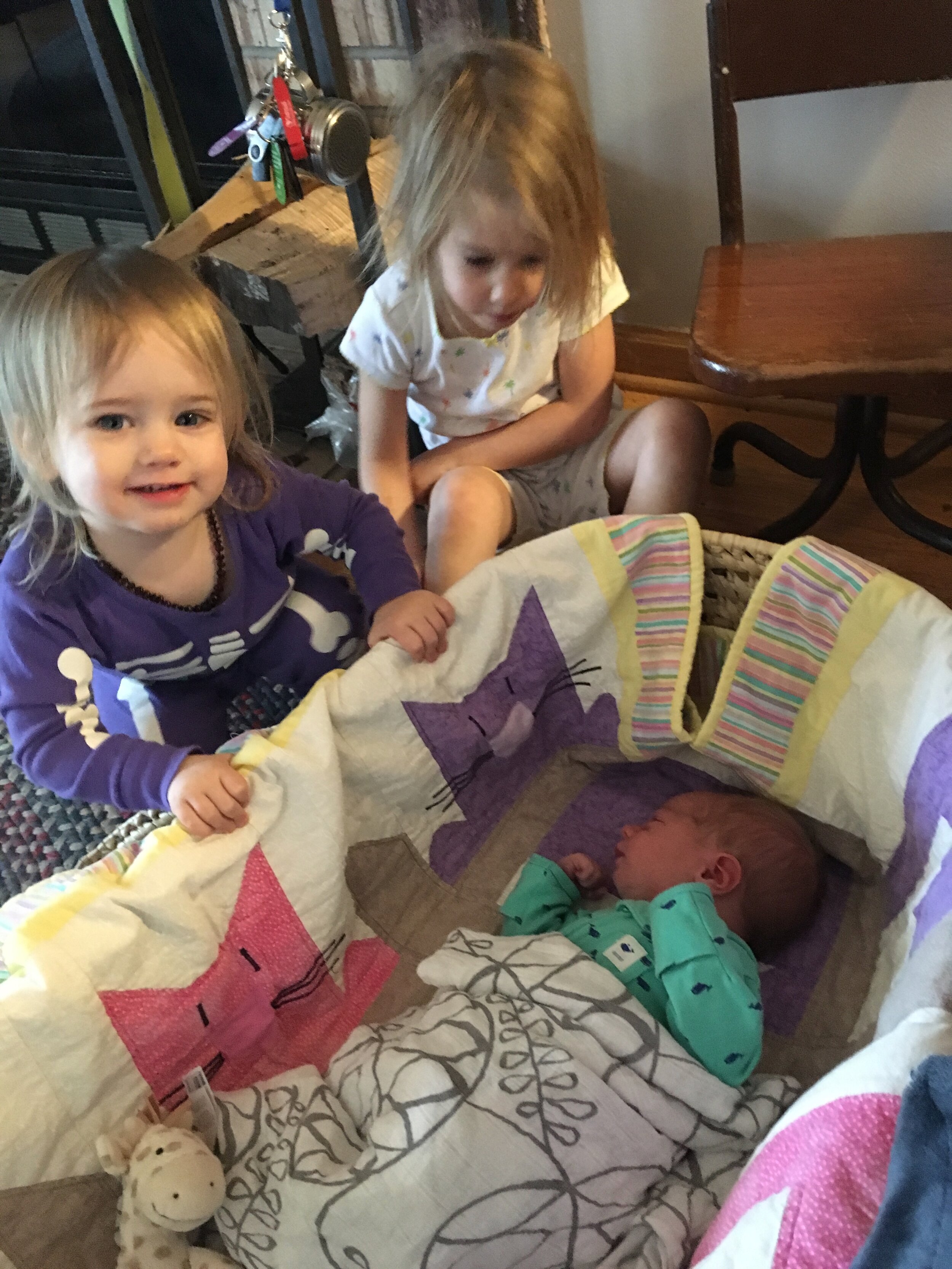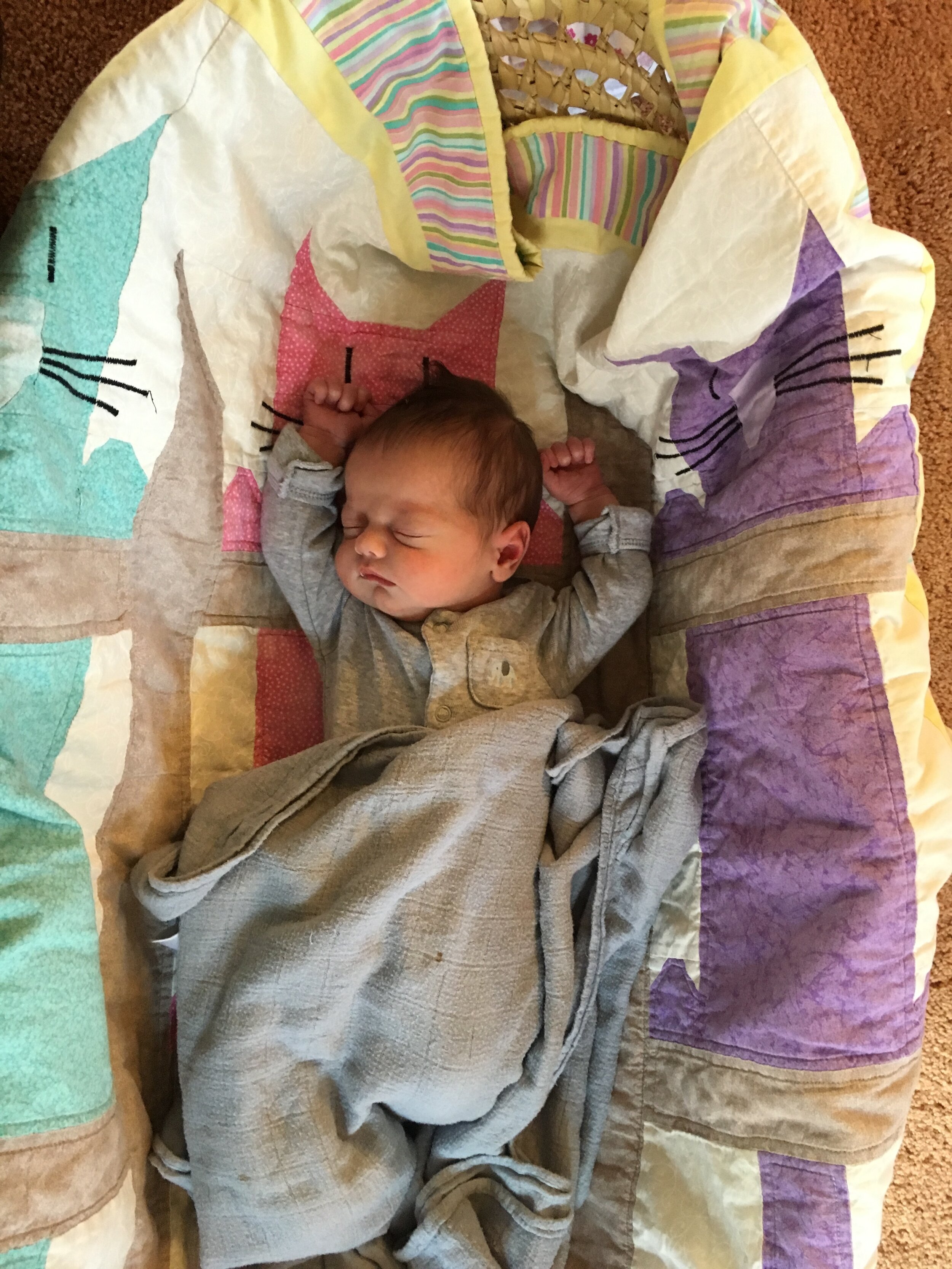Learning, exploring, curiosity, asking questions, doing research and having discussions are not just “school” things for children to do in educational settings. They are lifelong things that all people can benefit from. Too often, we as parents struggle to find time for or prioritize these things, or we only do them separate from the kids, reading a book after bedtime or playing board games or having discussion about world events with friends over dinner while the kids are with a sitter.
But if we want to normalize learning, we have to do it in the open. It may seem overwhelming to find time to read books around your kids when you can hardly get a free moment to use the bathroom, but there are so many ways to show your kids that you value and enjoy learning, and that it belongs everywhere throughout everyday life - not just during the day but in the evenings; not just during the week but on the weekends; not just during the “school year” but in the summer, on holidays, on vacations; not just in a classroom, but on the couch, in the kitchen, in the car, in the yard; not just with books or computers but with anything.
What are some things we do in our home?
We read - a lot! As a parent at home with four kids, I struggle to find the time and focus to read many books - though I do try! - but that doesn’t mean they don’t see me reading. I read magazines and newspapers. I choose books that I’m also interested in to read aloud to the kids. When I read articles on my phone, I talk about what I’m reading so they know that I’m reading and learning rather than just mindlessly staring at a screen.
We also get the Sunday New York Times - and read it, talk about what we’re reading, do the puzzles, and leave it accessible for the kids to pick up. When the kids see us doing crossword puzzles, for instance, that not only shows them that their parents find puzzles and games involving trivia and a broad range of knowledge to be enjoyable, but they pick up on things like difficulty levels. Children often feel that adults are skilled at everything, and they, as children are not. They compare themselves to us - in their reading or writing abilities (why doesn’t my letter look like yours?), their drawing and coloring abilities (why can’t I just color in the lines?), the divide between adults and childrens’ ability levels often feels like a chasm. No matter how much we assure them that everything takes practice, and we didn’t spring from the womb with perfect penmanship, it’s hard for them to believe it without seeing it in action. They can see that, even after years of practice, sure we can do a Monday crossword, but the weekend ones still frequently escape us. As we work through a Sunday crossword, sometimes completing it with collaboration, sometimes leaving unknown answers blank, it normalizes struggle and how an activity can be enjoyable even when you’re not perfect at it. Crosswords offer an example of how even when you don’t know all the exact answers, you can still figure things out through other means - tinkering around, experimenting, perseverence. And that it’s not always about a finished product - an incomplete puzzle can still be fun and full of new ideas.
In addition to reading the paper and discussing its content, we also listen to the radio - both for news shows and diverse music. We like NPR and Radio Milwaukee. I also listen to a variety of music from folk songs to classical, modern artists to show tunes. Hamilton is a favorite, and as a bonus they not only get exposed to the music and content, but they get to hear me learning lyrics over time: more evidence that adults don’t know everything right away and have to work hard learning new things.
I picked up a plant hobby this year, and the kids have seen me go from a total plant newb to... okay, just slightly more informed. They not only have learned along with me - names of plants, what their different light and water and soil needs are, how seeds and roots and cuttings work - but they’ve watched me experiment. They’ve watched me read about plants, ask friends for advice, try different things, and fail frequently. They’ve seen the plants I’ve killed and how I’ve moved forward, making decisions about which plants to keep or buy based on the conditions of our home and our lifestyle. They’ve learned that even if you know nothing about something, you can still enjoy it.
We have a lot of “adult conversations” in our home. We talk over dinner, we talk by the fire in the evening, we chat before work in the morning. We talk amongst ourselves as the adults in the house, but we also talk to family members (over video chat lately) and to friends. When I have a play date, I talk to my own friends. The children are exposed to all sorts of topics of conversation, but also just to the concept of learning through discussion - of listening to others’ varied points of view, and expressing our own ideas respectfully. I’ve hosted a weekly parenting discussion and playgroup for years, and my kids have learned that parents actually have to work at learning how to be good parents - and they see that we value doing so.
Recently we decided to do more ice skating, and as the kids are learning to skate, so are we. They get to see me on a similar par with their skills, just practicing and falling and getting back up again.
There are so many other examples of ways our kids see us valuing learning. They see their dad learning and playing piano pieces, working on new exercises in the home gym, researching and figuring out how to fix a broken door knob or install a mirror. They see me preparing for my birth classes, memorizing poetry and informational songs (I’m working on learning all the countries of the world), and learning new sewing and crafting techniques. They see us working together on large jigsaw puzzles, playing badminton or croquet in the backyard, and planning, researching and cooking meals. They see their grandparents, relatives, friends and siblings learning and practicing new things.
You probably have totally different hobbies and interests than we do, but I bet there are areas that you love learning more about, subjects you like to research, or activities you want to improve at. If you’ve been putting them on the back burner while your kids are young, think about bringing them back into your days. Let your kids see you struggling, trying new things, enjoying yourself despite your skills or knowledge. Don’t choose things you wish your kids would learn - just go with what you like. Try not to focus on how your kids react. The goal isn’t for them to start reading the news and chatting about politics, or to learn a new skill or craft.
It’s not my goal for my kids to learn and love the exact same things we do. Sure, it’ll be fun if my kids love solving crosswords with me when they’re older, or if they learn to play the piano like their dad, but it’s not about the content of what they learn. I don’t want them to be just like us; I want them to be just like them.
It’s about a family culture of learning. It’s about encouraging them in their natural curiosity, in whatever direction they want to take it. It’s about showing them that life is rich when filled with passion, no matter what that passion is for. It’s showing them that learning isn’t something reserved for children, something boring, something forced, something we do because we have to, in between the things we’d actually choose to do. It is the things we’d choose to do. It’s about learning different methods of picking up new knowledge and skills - and having the confidence that no matter what they decide they’re into, they can learn what they need to know to get there.
If they decide they want to be an engineer, or a doctor, or a plumber, or an artist, it doesn’t matter whether they learned any of those specific skills as a child - because they learned how to identify their passions, figure out what they need in order to pursue them, and work hard at it until they get there. These skills are so much more valuable than any academic lessons I could teach. And it’s a lot more enjoyable for the adults to pursue their own interests and share that excitement with the whole family, rather than putting hobbies and interests on hold. Everyone will benefit from a house filled with curious, determined and passionate lifelong learners.












